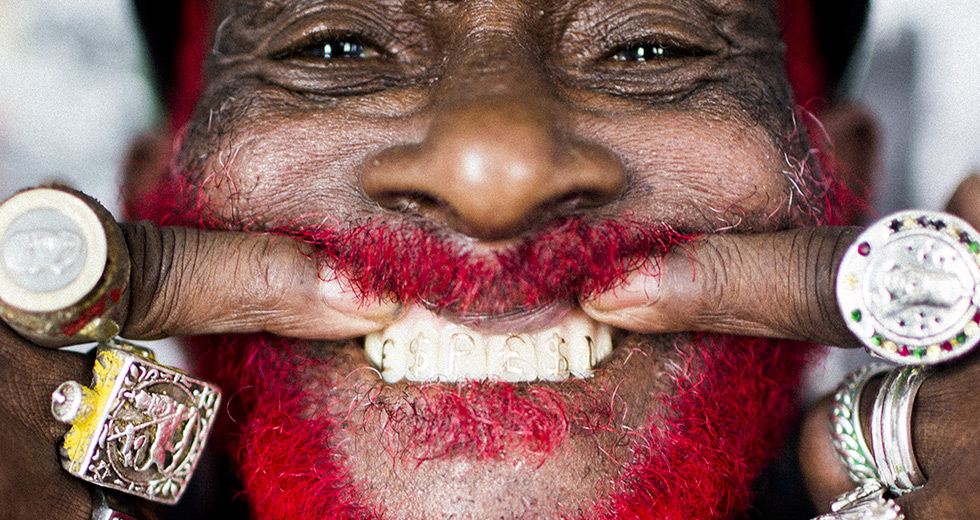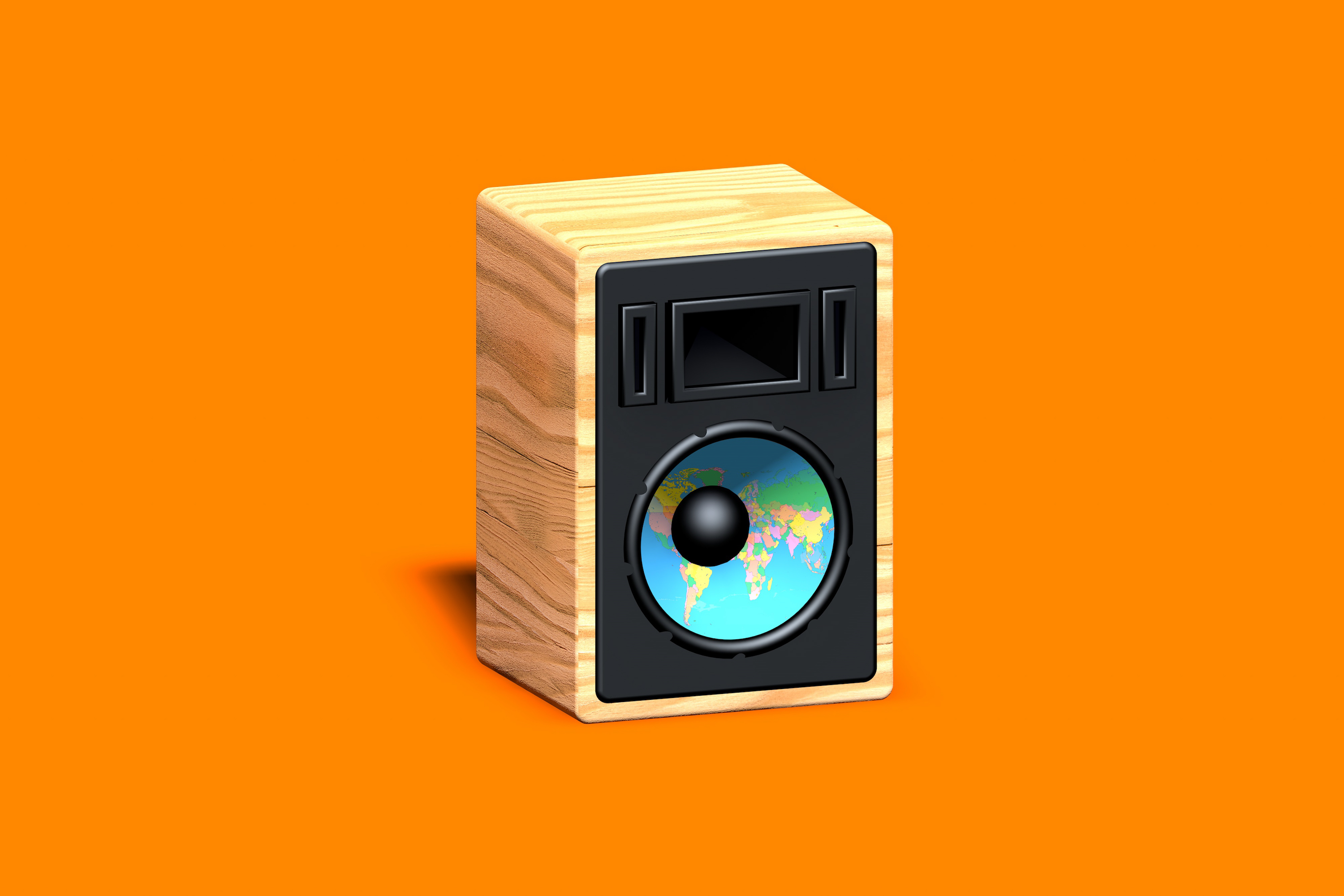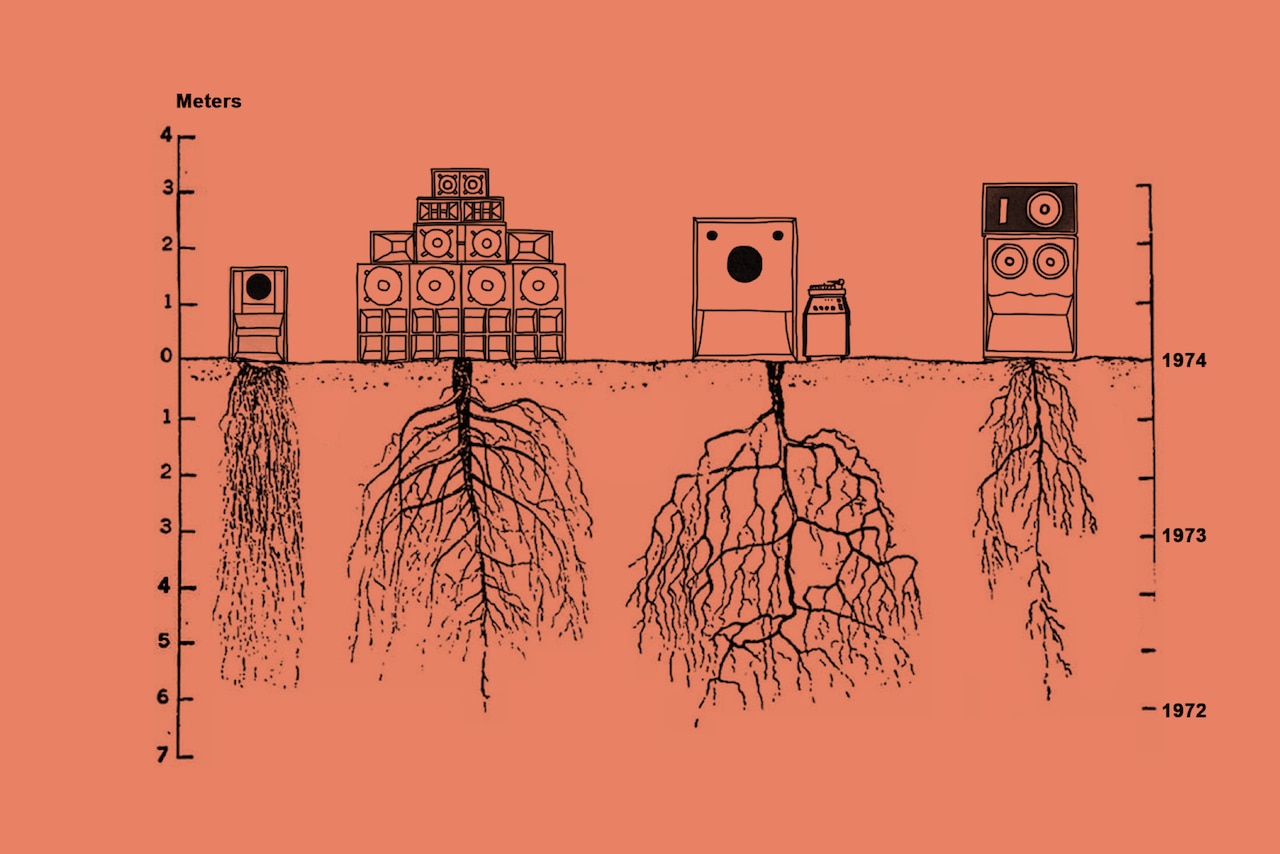
The Roots of Dub
Explore the early experiments that shaped one of the world’s most significant genres
For such an influential genre, very little is known about dub’s origins and protagonists. Delving into its history is a wonderful, challenging journey into the world of one-off dubplates and dirt-encrusted 45s – the available evidence of its incubation and development in Kingston, Jamaica in the early ’70s is more akin to oral traditions in mythology than meticulously written documentation.
Even the trainspotting skills of an experienced record collector are not especially helpful here. Retrospectively trying to piece together a timeline of dub’s development via record label credits ends in frustrating attempts to glean release dates and producer credits from hard-to-locate 7" singles, often with multiple label issues and conflicting information written in patois.
As with many shifts in musical styles, dub owes its existence to innovations in recording technology.
As with many shifts in musical styles, dub owes its existence to innovations in recording technology. Without the advent of multitrack recording, there could be no stripping down of musical elements. Even a two-track recording set-up enabled an engineer to record an instrumental “rhythm” on one track – leaving another free for a vocalist or solo instrumentalist. The rhythm track could then be kept for further recycling, resulting in the familiar reggae tradition of having the same backing track for dub versions and DJ toasting versions. This technique was adopted by various Jamaican studios by the late 1960s, with the demand for instrumental rhythm tracks fuelled by the famous soundsystems of Kingston and London. Some Jamaican studios had their own cutting lathes on hand – important for the easy manufacturing of the exclusive, one-off dubplates so beloved of soundsystem selectors. The claim for the title of first ever dub album has been covered thoroughly by journalist David Katz, but as illuminating as the musical development itself is the contradicting claims and counterclaims of the producers involved. Such is the world of Jamaican dub.
King Tubby’s Home Town Hi-Fi, with his DJ Hugh (U-Roy) Roy, vies alongside Rudolph “Ruddy” Redwood to claim the title of the first soundsystem to feature “versions.” These versions had to have a fine balance between familiar elements from the original version and the new, stripped-down cut – it was the key to having a hit, and the arrangement innovation played out between the studios and the soundsystems.
The earliest soundsystems to adopt dubplates, such as Coxsone’s and King Tubby’s, had a increasing need for these instrumental versions due to the rising importance of the DJ. The popularity of this “toaster,” pioneered by the legendary U Roy improvising lyrically during the soundclashes, required versions of popular rhythm tracks without the impediment of the vocal. (There are numerous pre-dub releases from the early ’70s of “DJ versions,” or even A-sides with the DJ skillfully weaving between a vocal arrangement.)
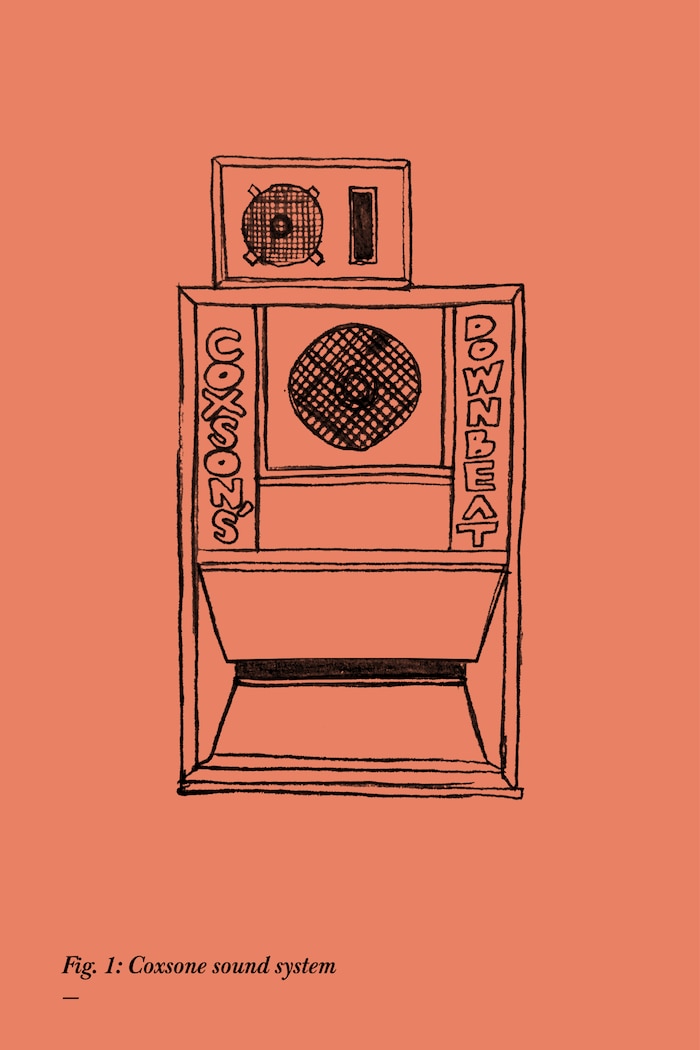
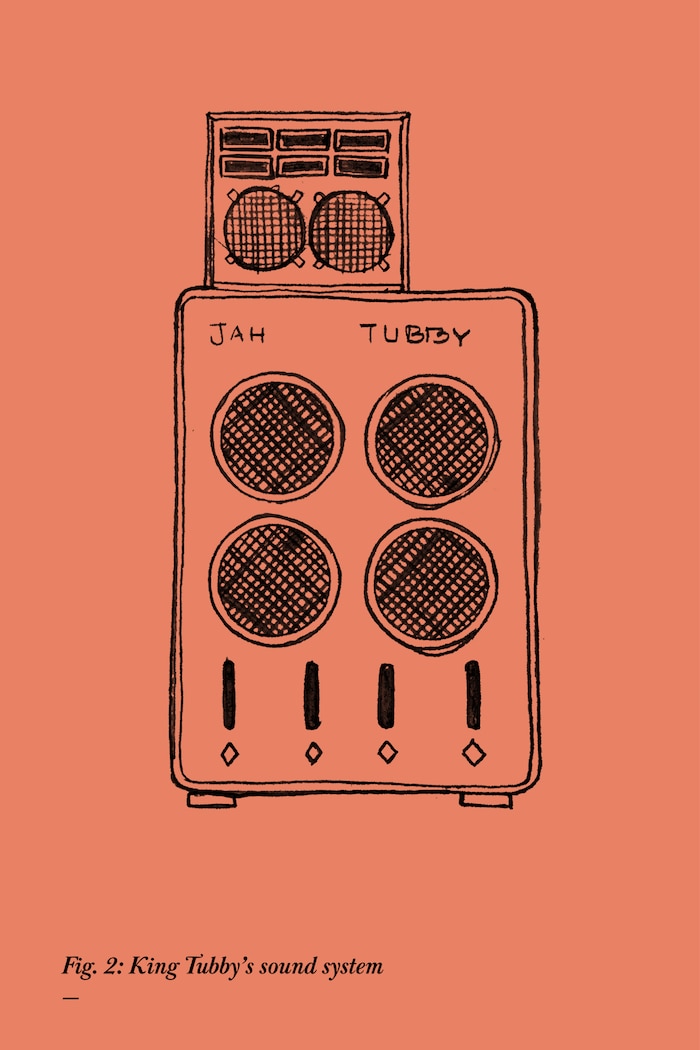
Dennis “Alcapone” Smith offers one of the finest examples of this early form of the “DJ version” on tracks such as “It Must Come” with Delroy Wilson. His popularity led to the El Paso Hi-Fi soundsystem being one of the most popular in Jamaica.
Instrumental rhythm tracks are the precursor, the hip word perhaps being “proto.” Many are just straight-up instrumentals, although some may include just the chorus from the vocal version, others a melodica solo. The stripped-down drum and bass portion of the Hippy Boys “Voo Doo” (1971 Syndicate), a version of Little Roy’s “Hard Fighter” mixed by Andy Capp, is often cited as a key development – but it’s still devoid of many defining features.
Classic dub has specifically recognisable musical elements that define it: delay (echo), reverb, bandpass filtering (EQ) and an emphasis on the drum and the bass being upfront in the mix. These key components were cooked up in a home studio at 18 Drumilly Avenue, Kingston by the aforementioned engineer, Osbourne “King Tubby” Ruddock.
Prior to 1972, the unique combination of stripped-down drums and bass, delay with feedback and sweeping, high-pass EQ filtering is largely absent.
As is so often the case, technological innovation within recording studios played the crucial role in the development of the classic dub sound. In 1972, when Jamaican producer Byron Lee upgraded his Dynamic Sounds studio mixing board to a new 16-track facility, King Tubby spotted an opportunity and purchased the old mid-’60s 12-into-4 channel MCI console.
This marked year zero for dub. A search through the minefield of multiple issues, inaccurate release dates or label credits unearths crucial archaeological date markers. Prior to 1972, the unique combination of stripped-down drums and bass, delay with feedback and sweeping, high-pass EQ filtering is largely absent. Some of these techniques are used in isolation, but the psychotropic-like assault on the senses comes via the faders and send/return knobs of that MCI console under the command of the “dub organizer” King Tubby.
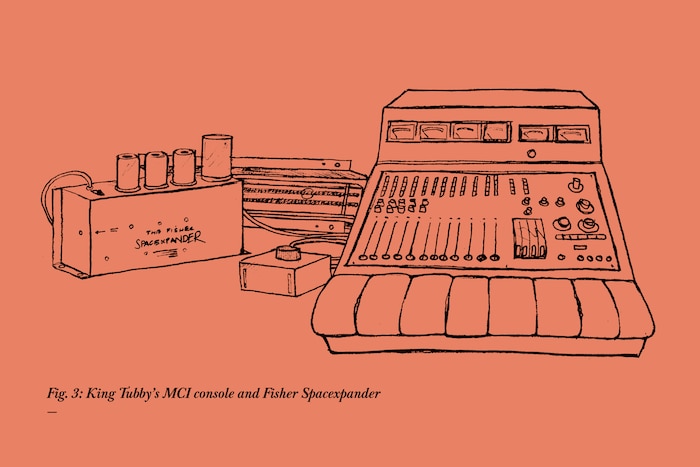
Prior to these studio-created dub experiments by King Tubby, the closest approximation of the mystical aura of dub was attained through an innovative choice of instruments and arrangements. The best exemplar is Lee Perry, on bizarre, wild tracks such as “The Tackro” (1971 Upsetter) by 1st, 2nd & 3rd Gen. Upsetters. But post-1972, the super-competitive world of Jamaican studios ensured that many engineers and studios raced to adopt the techniques for essential “Dubwise Versions,” and 1973 saw an early explosion in dub.
The dub mix would be performed live. There were no automated consoles available at this time. With Tubby’s console being a 12 channel into 4 buss console, there was plenty of scope for individual instruments to be muted and for elements of the drum kit – such as the crucial snare/rimshot – to have their own channel. Each channel had a dedicated reverb send, which enabled reverb to be placed solely on individual elements without muddying the mix as a whole.
The channels would also have their group sends to any of the four busses, plus three-band EQ. A further tape machine was used to inject delay with feedback. Dedicated units such as the Roland RE-201, AKA Space Echo, and Maestro Echoplex would later become popular units to achieve this effect.
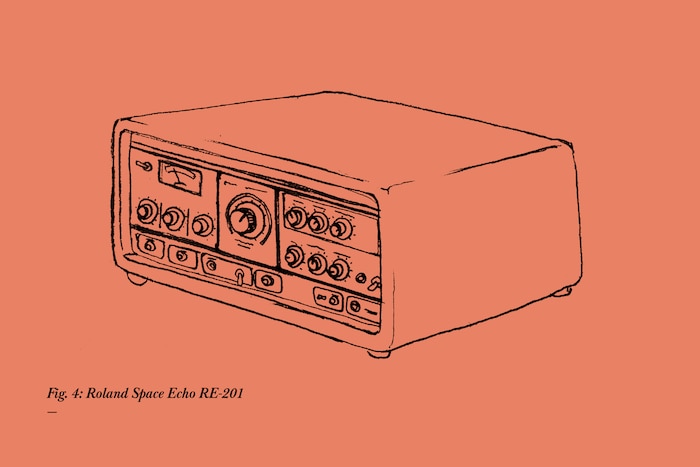
The unique sound of the high-pass filter on Tubby’s MCI has been analysed by dub fanatics long and hard. It seems it was added to the MCI as a custom requirement in order to eliminate low frequency signal from mic channels, but in Tubby’s hands it became a sweeping, phase-like trademark effect.
On a handful of sought-after King Tubby dubs, a thunderous “clang” would appear. It sounds like somebody hitting a piece of equipment in an echo chamber – and that’s pretty much exactly what how the effect was achieved. Renowned UK dub DJ Nick Manasseh, who spent a day with King Tubby mixing dubplates at his studio, has confirmed that the effect was created by whacking a spring reverb with a large stick.
The stripped-down nature of the dub tracks also gave the cutting engineer plenty of scope to apply liberal amounts of compression on the final master. This is an overlooked sonic feature of many famed dubs, but hard compression was an essential technique used to bring out that explosive snare sound heard on tracks such as 1975’s “King Tubby Meets Rockers Uptown,” a quintessential dub track.
The groundwork was laid in 1972 and 1973 for the classic dub sound. Tracks such as Fe-Me-Time All Stars “Cinderella Version” (1972 Fe-Me-Time) have that explosive snare, with a reverb so large you can climb into it. The effects became revered as sacred, with track titles referencing them including the likes of Water House’s “Dr. Satan Echo Chamber” (1972 Peaceful Road) and Upsetting Upsetters “Flashing Echo” (1973 Underground).
This progression from traditional instrumental rhythm track is perfectly encapsulated in the track “Pure Rhythm” by Rupie Edwards All-Stars (1972 Success). A conventional version starts to introduce the new dub elements towards the latter half of the cut with subtle high-pass filtering effects on the open hi-hat, an effect that would come to be particularly favored on many dub classics.
Even the test-tone oscillator, often found on multitrack tape machines in order to calibrate them, was drafted in and became a familiar effect on many a classic dub track. The reggae soundsystems soon adopted many of the effects in order to recreate the dub vibe in live arenas, including reverb on the deejay’s mic channel, and later the introduction of various homemade electronic devices such as sirens and alarms.
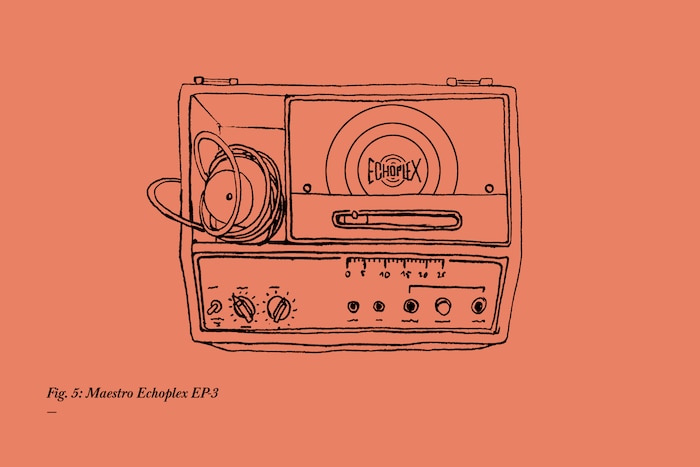
The combined effect of these studio elements is the living musical embodiment of a human mind on weed. With a claustrophobic focus on the drums and sub-bass, the listener becomes obsessively tuned in to these elements in an intense way. The natural swing of the rhythms, created by some of the finest rhythm sections in the world, such as the Upsetters and the Revolutionaries, allows the listener to sink deep into music. Flashes of mild paranoia and anxiety of the outside reality come in the form of echoed vocal snatches – caught live in the mix, often mid-sentence or even mid-word. There’s literal mind expansion exemplified by the feedback delays, often emphasising certain biblical words. All the weed clichés of feeling in touch with a universal consciousness is encapsulated in this unique musical genre.
The soundsystems of Kingston, London and New York were natural homes for dub. By the mid-’70s, most reggae 7" releases had a “version” on the flip side. The selector would often simply flip the single over to follow a regular A-side vocal with the “version” side. From 1976 onwards, with the advent of the 12" single, dub versions would follow immediately after a vocal version, forming one long “discomix.”
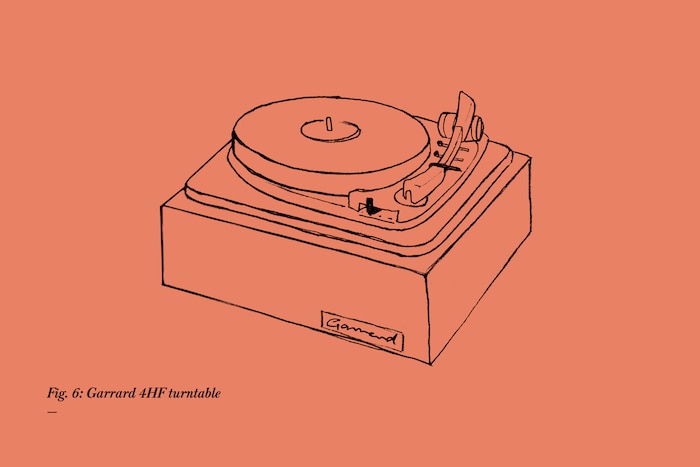
Whether it was Jah Shaka in London, dropping the rarest dubplates on a single Garrard 4HF turntable while focussing on a deeply spiritual, rootsy selection, or Tubby himself – who had access to the dubplates coming out of his studio before they were commercially available, and had soundsystem experience since playing jazz and R&B in 1957 – the soundsystem became the primary outlet for the heavy dub sound in the ’70s and early ’80s.
Each sound had its stars under the direction of the “sound leader.” DJs were often joined by singers with a high commercial profile, and many sounds supported popular reggae acts as well as organising soundclashes with other systems. Various associations saw the systems vie for top spot in a hugely competitive environment.
Birthed in Lewisham, South London in 1976 as “Imperial Rockers,” the crew that became known as Saxon Sound boasted the talents of DJ Peter King, who pioneered the “fast style mic chat” and would go on to break artists like Papa Levi, Maxi Priest and Smiley Culture into commercial success.
Taking inspiration from the great dub master himself, a young Cecil Rennie started King Tubby’s Hi-Fi in the Brixton area of London in the 1970s, following an apprenticeship with the long-established Duke Reid Sound System. MC Tippa Irie also started out with King Tubby’s before moving on to Saxon, while Mikey Dread and Jah T were another London-based soundsystem known as Channel One, which began in 1979 and was named in honour of the famous Jamaican label of the same name.
New York not only had the legendary reggae sound Downbeat International, operated by Tony Screw, but also of course DJ Kool Herc, the Jamaican who merged the soundsystem philosophy with hard-hitting American funk to give birth to hip-hop.
Influencing almost every other dance music genre from techno to broken beat, dub is the ultimate studio-based music. But it nonetheless continues to make an unparalleled impact in live settings. Many of these soundsystems continue to operate today – for more than four decades, they have persisted in bringing the bass-heavy, core sound of dub music to dancehalls the world over.
Header image © Henrik Büren
